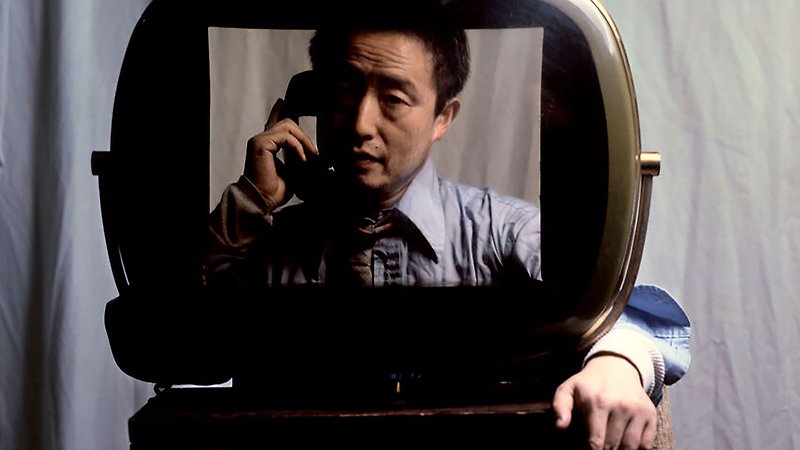A thorough (and thoroughly enjoyable) deep dive into the life and work of Nam June Paik, the Korean visionary who brought the art world into the video age and coined the electronic superhighway decades before the Internet.

It’s the artist’s job to think about the future.
Screened as part of NZIFF 2023
Nam June Paik: Moon Is the Oldest TV 2023
| Aug 10 | | ||
| Aug 15 | |
“I make technology ridiculous”. Yes, but pioneering video artist Nam June Paik did far more than that, changing the art world forever. Most visitors to international modern art museums will have seen somewhere between one and a thousand screens of Nam June Paik’s artwork, from his many miniature TV Buddhas to the colossal The More The Better. Certainly, his canonisation is well deserved, and Moon Is The Oldest TV is as admirably thorough as a feature on such a major, complex and fecund artist could ever hope to be.
Paik’s migration from Korea to Berlin to New York and his concurrent aesthetic explorations in music, action painting, and performance art en route to his revolutionary video art are ably documented from Paik’s writings (narrated by Steven Yeun). First-time director Amanda Kim conducts numerous interviews with academics, gallery owners, artists, and surviving confederates such as Peter Brötzmann, Mary Bauermeister and Ulysses Jenkins. Other key figures, from composer John Cage (whose necktie he famously sliced) and Fluxus compatriot Joseph Beuys to cellist/collaborator Charlotte Moorman and video artist (and wife) Shigeko Kubota, feature via copious and well-selected archive footage.
Through it all, Paik emerges as a contradictory and fascinating character, whimsical yet carrying deep historical trauma. The enigmatic qualities of his work is reflected in quotes that show him capable of piercing cynicism (“I use technology in order to hate it properly”) and wild optimism, best shown by 1984’s Good Morning, Mr. Orwell (an international success, a catastrophic failure, or both, depending on who you ask). Paik’s vision was stunningly prescient, and Moon Is The Oldest TV (named after one of his pieces and chosen as the film’s title with the assistance of interviewee Marina Abramović in a hilarious mid-credit sequence) will leave novices and fans alike with plenty to contemplate. – Doug Dillaman